Description
Gunpowder is one of China’s most well-known green tea varieties. The name “gunpowder” was given to the tea due to its typical shape of small pellets that resemble cannonballs. In the production of gunpowder, the tea leaves are dried in rotating drums. The constant rotation gives the tea its pellet shape. There are different ‘grades’ or variants of gunpowder. Our “Temple Of Heaven” variant refers to the specifically tight shape of the rolled pellets and also indicates a high quality. Temple of Heaven gunpowder, also known as “Pearl Tea,” is much more finely rolled than regular gunpowder. Gunpowder is mainly produced in the provinces of Zhejiang, but also in small quantities in Anhui. The Chinese name for gunpowder is “Zhu Cha.”
This green tea from China forms the base in traditional Moroccan mint tea, where it is combined with fresh mint leaves and sugar.
The aroma is slightly softer than that of a regular gunpowder and less bitter. If you find it too strong, you can pour away the first infusion and steep the tea again. Doing so also reduces the amount of caffeine in the tea.
History of Gunpowder Tea
Gunpowder tea dates back to the Tang dynasty and was one of the first types of tea exported to Europe and America in the 17th century. Traditionally, the tea was made by wok-frying the leaves and then rolling each leaf individually between the hands into a small, tight pellet. The smaller the leaf, the smaller the pellet. The quality ranges from “pinhead” (often referred to as Temple of Heaven) to “peahead.” Nowadays, most gunpowder teas are made in woks with a paddle that turns and twists the leaves as they dry, or sometimes in large tumblers with built-in paddles. The tea pellets from the tumblers are never as tight as the hand-rolled pellets, known as “Zhu Cha.”
Chinese Green Tea
China has been producing green tea for thousands of years, including many well-known varieties such as Long Jing, Bi Luo Chun, and, of course, Gunpowder. Numerous traditional methods have been passed down through the ages, according to the local customs of each region. Green tea accounts for more than 65 percent of China’s total tea production. The main production areas of green tea are located in the south of the country, especially in the provinces of Zhejiang, Anhui, Henan, Jiangsu, and Jiangxi.
In China, many elements go into choosing a name for a tea. Some are named after the cultivar from which they are derived or the region where they are grown. Sometimes the name is inspired by a legend or chosen by an interested emperor.
Ingredients
Green tea from China.




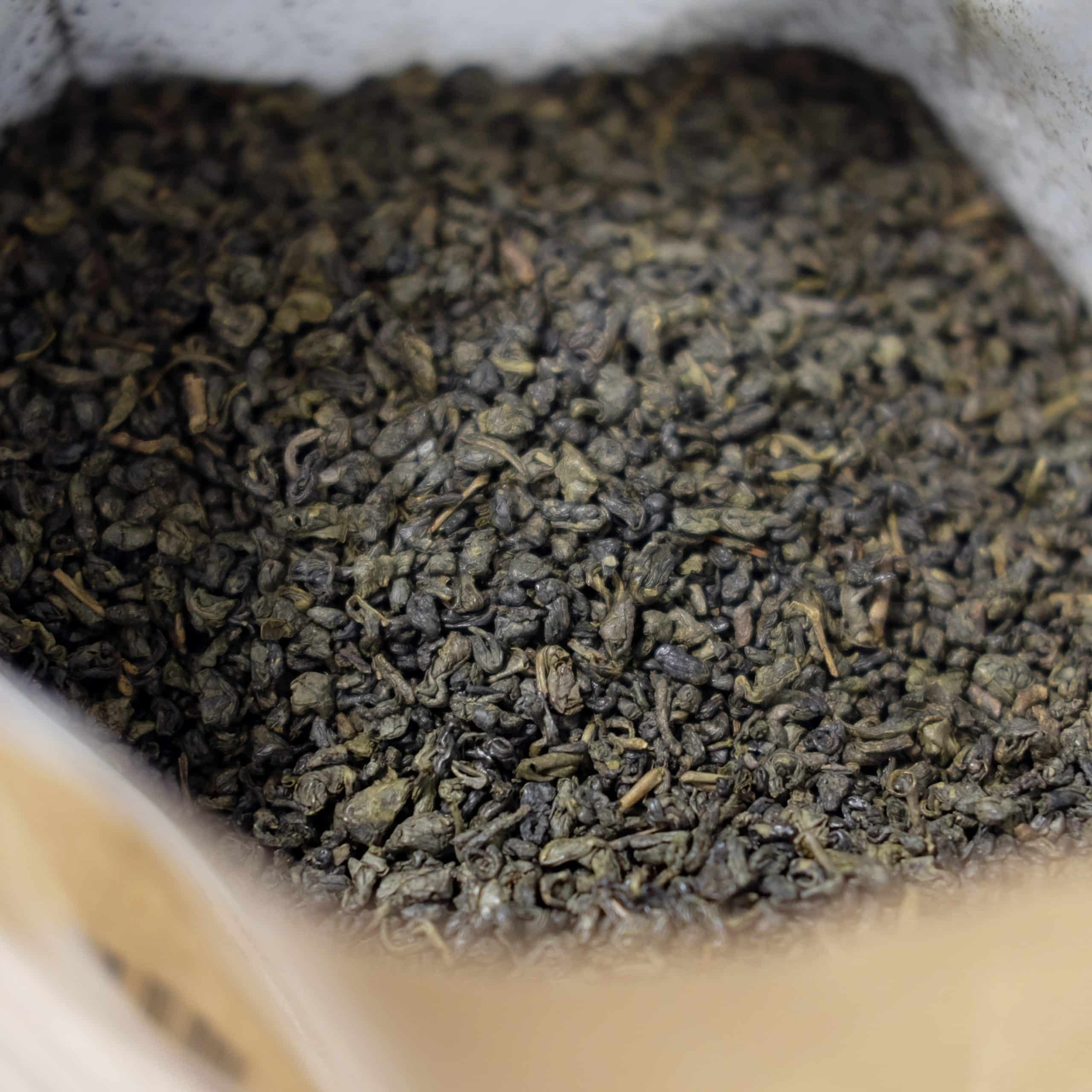


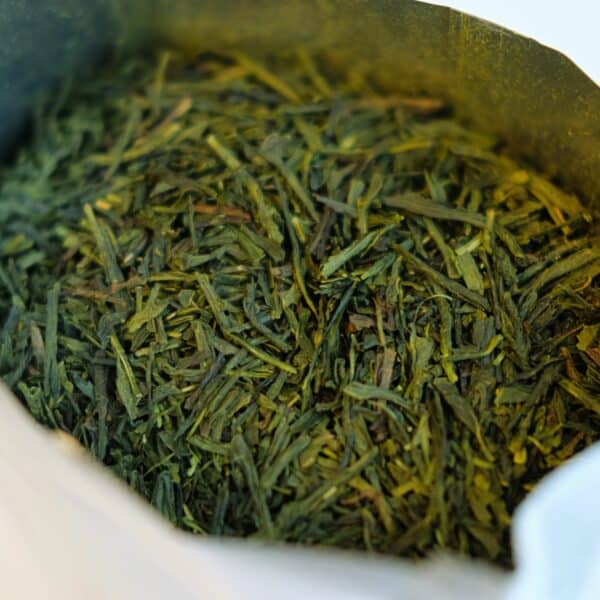
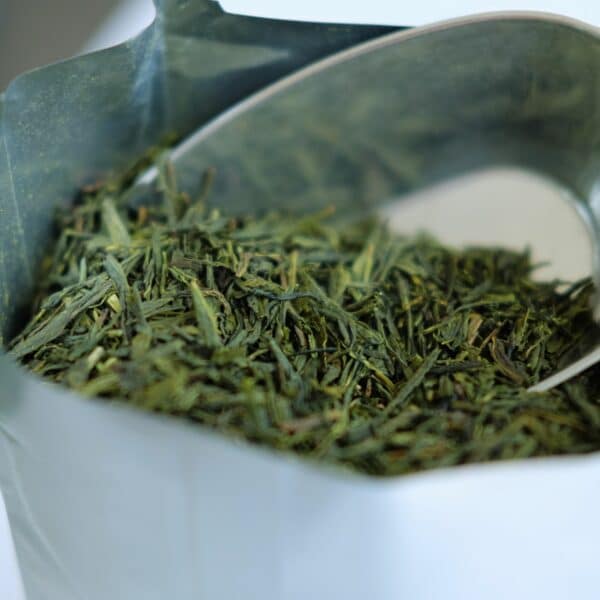
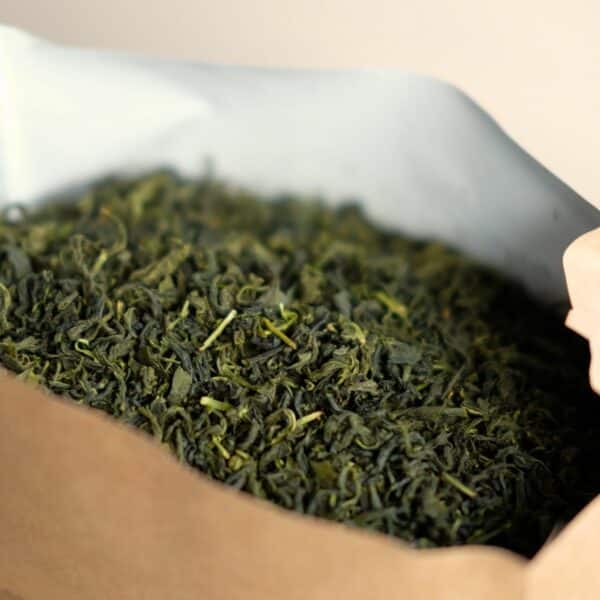

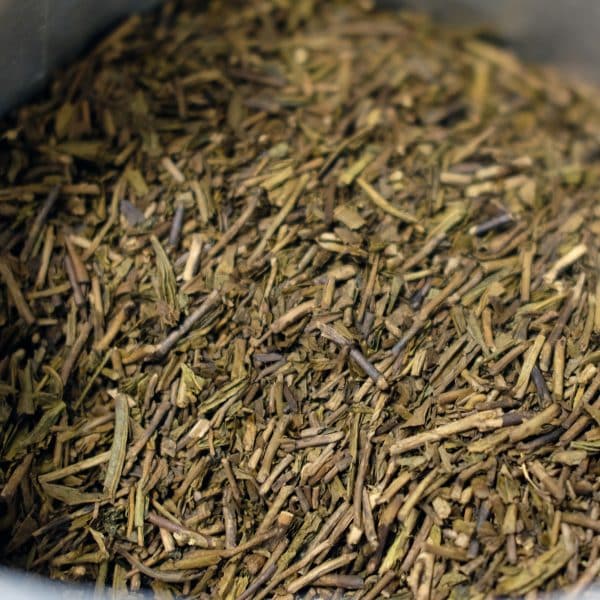
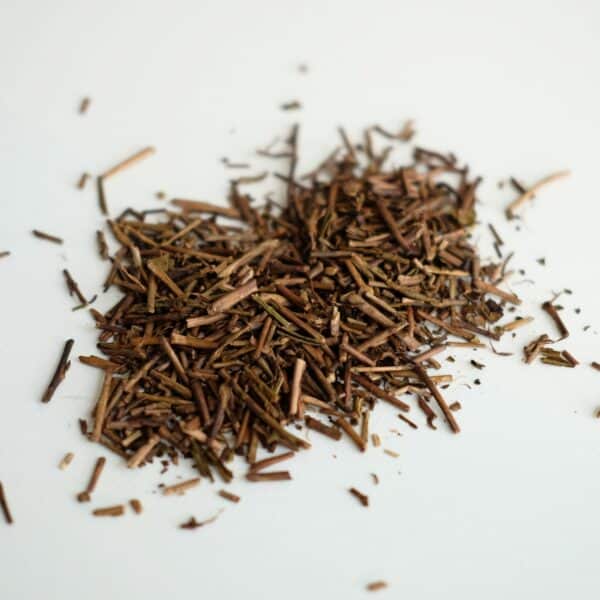
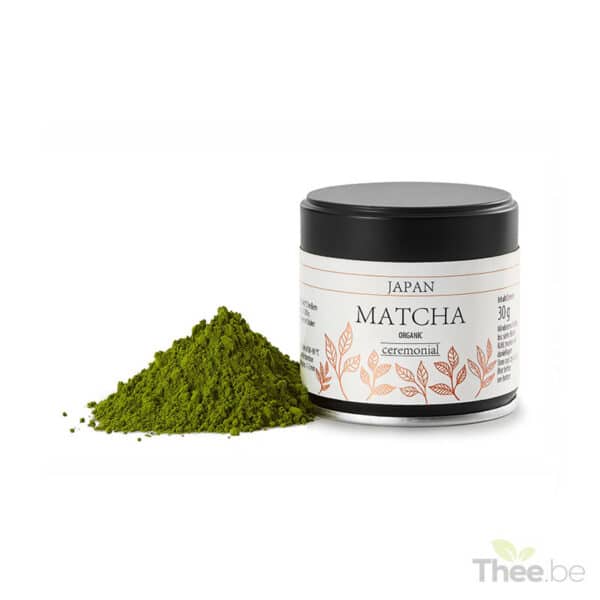
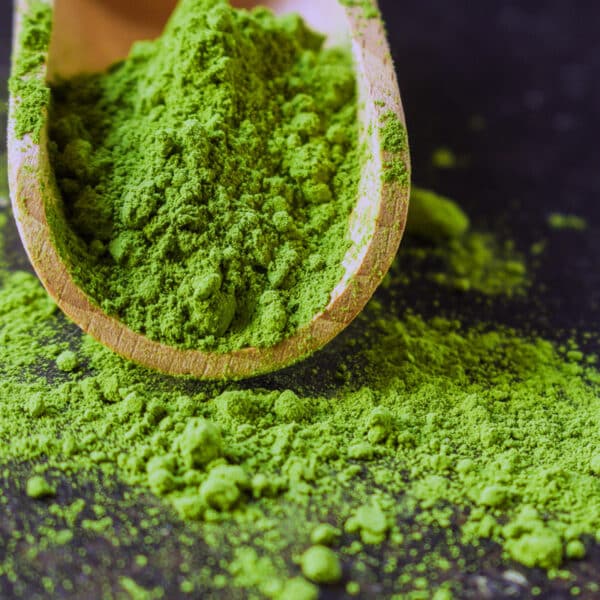

johnny de vos (verified owner) –
Uitstekende thee en vooral de verzorgde verpakking en levering zijn een pluspunt alsook het bijgeleverde staaltje
MVG Johnny De Vos